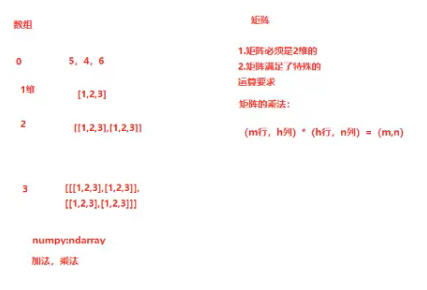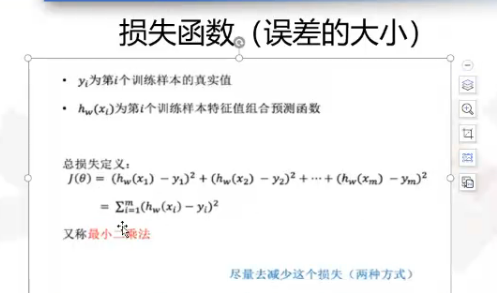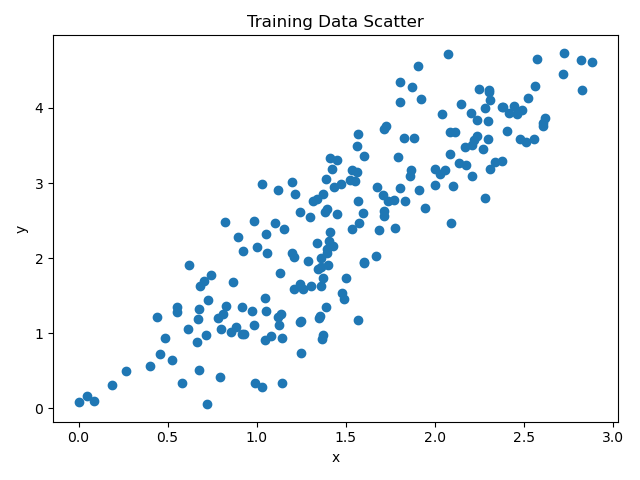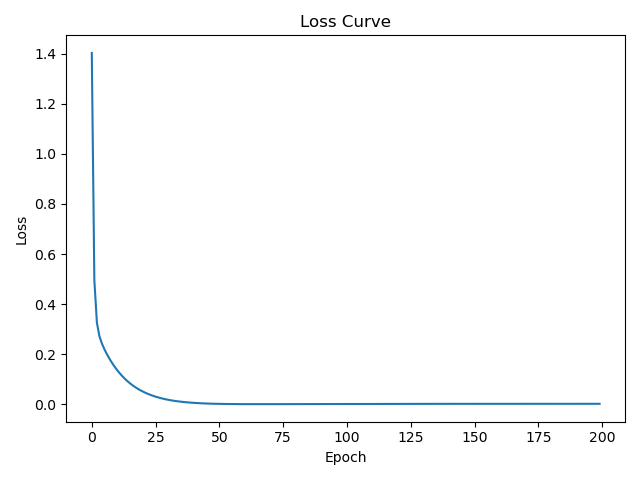作业05
1.本节重点知识点用自己的话总结出来,可以配上图片,以及说明该知识点的重要性
网课上讲的知识点老重要了,那可全都是重点啊。
回归算法的定义:我们可以根据现有提供的数据进行运算,构建函数模型,对数据进行训练,从而可以用构建好的模型进行预测,得出的结果可以有离散型和连续型。
矩阵:矩阵一个按照长方阵列排列的复数或实数集合,我们可以应用矩阵进行乘法应算、减法应算和乘法应算等等。

损失函数:通过函数模型运算得到的结果于实际结果的误差大小值,其值是非负数的。

2.思考线性回归算法可以用来做什么?(大家尽量不要写重复)
可以用来检测混凝土质量,来源:https://www.ibm.com/developerworks/cn/analytics/library/ba-lo-machine-learning-cement-quality/index.html
3.自主编写线性回归算法 ,数据可以自己造,或者从网上获取。(加分题)
加分加分!!
(1)生成数据
代码:
1 # Create the data 2 x = [(i+random.random()*100)/100 for i in range(200)] 3 y = [((2*i+1)+random.random()*100)/100 for i in range(200)] 4 plt.xlabel('x') 5 plt.ylabel('y') 6 plt.title('Training Data Scatter') 7 plt.scatter(x, y) 8 plt.show()
所生成数据的散点图:

(2)使用线性回归算法进行训练,学习速率设置为0.001,获得w值与b值
代码:
1 # Train for w and b 2 w = random.random() 3 b = random.random() 4 a1 = [] 5 b1 = [] 6 loss = None 7 for i in range(200): 8 for x1, y1 in zip(x, y): 9 y_pre = w*x1+b # Prediction 10 bias = (y_pre-y1) # Bias 11 loss = bias**2 # Loss 12 dw = 2*bias*x1 # Differentiate of w 13 db = 2*bias*1 # Differentiate of b 14 w = w-0.001*dw # Set learning rate to 0.001 15 b = b-0.001*db # Set learning rate to 0.001 16 print('loss={0},w={1},b={2}'. format(loss, w, b)) 17 a1.append(i) 18 b1.append(loss) 19 plt.xlabel('Epoch') 20 plt.ylabel('Loss') 21 plt.title('Loss Curve') 22 plt.plot(a1, b1) 23 plt.show() 24 print('w: {}\nb: {}'.format(w, b)) # Print result
200轮后所得w值与b值:

200轮后的Loss曲线:

(3)使用训练结果进行预测,并画出线性回归曲线
代码:
1 # Predict 2 y_pred = [w*i+b for i in x] # Get predictions 3 plt.plot(x, y_pred) # Linear Regression line 4 plt.xlabel('x') 5 plt.ylabel('y') 6 plt.title('Linear Regression line') 7 plt.scatter(x, y, color='red') 8 plt.show()
样本散点图与线性回归曲线:

完整代码:
1 import random 2 import matplotlib.pyplot as plt 3 4 # Create the data 5 x = [(i+random.random()*100)/100 for i in range(200)] 6 y = [((2*i+1)+random.random()*100)/100 for i in range(200)] 7 plt.xlabel('x') 8 plt.ylabel('y') 9 plt.title('Training Data Scatter') 10 plt.scatter(x, y) 11 plt.show() 12 13 # Train for w and b 14 w = random.random() 15 b = random.random() 16 a1 = [] 17 b1 = [] 18 loss = None 19 for i in range(200): 20 for x1, y1 in zip(x, y): 21 y_pre = w*x1+b # Prediction 22 bias = (y_pre-y1) # Bias 23 loss = bias**2 # Loss 24 dw = 2*bias*x1 # Differentiate of w 25 db = 2*bias*1 # Differentiate of b 26 w = w-0.001*dw # Set learning rate to 0.001 27 b = b-0.001*db # Set learning rate to 0.001 28 print('loss={0},w={1},b={2}'. format(loss, w, b)) 29 a1.append(i) 30 b1.append(loss) 31 plt.xlabel('Epoch') 32 plt.ylabel('Loss') 33 plt.title('Loss Curve') 34 plt.plot(a1, b1) 35 plt.show() 36 print('w: {}\nb: {}'.format(w, b)) # Print result 37 38 # Predict 39 y_pred = [w*i+b for i in x] # Get predictions 40 plt.plot(x, y_pred) # Linear Regression line 41 plt.xlabel('x') 42 plt.ylabel('y') 43 plt.title('Linear Regression line') 44 plt.scatter(x, y, color='red') 45 plt.show()


